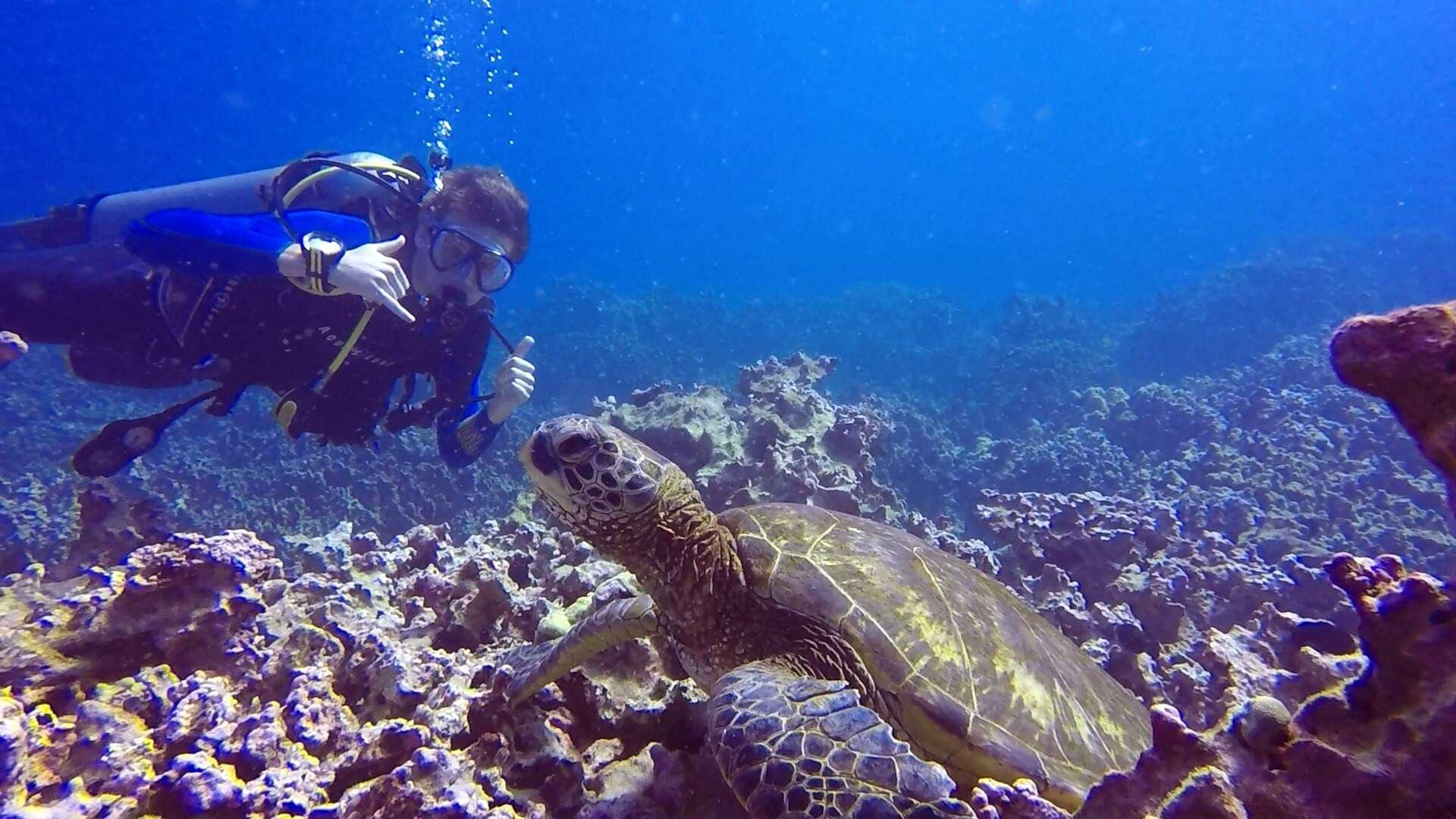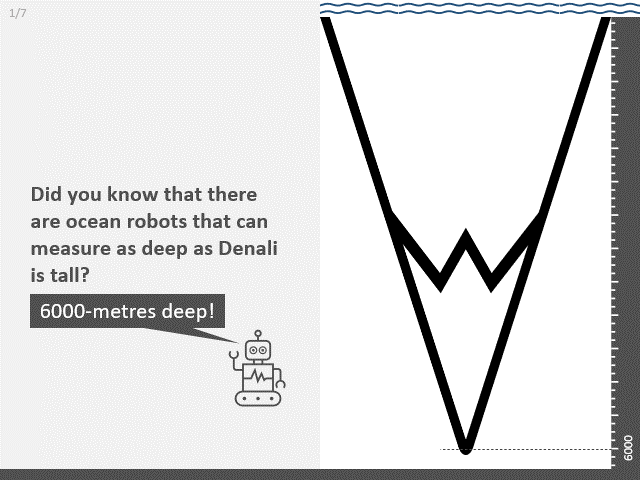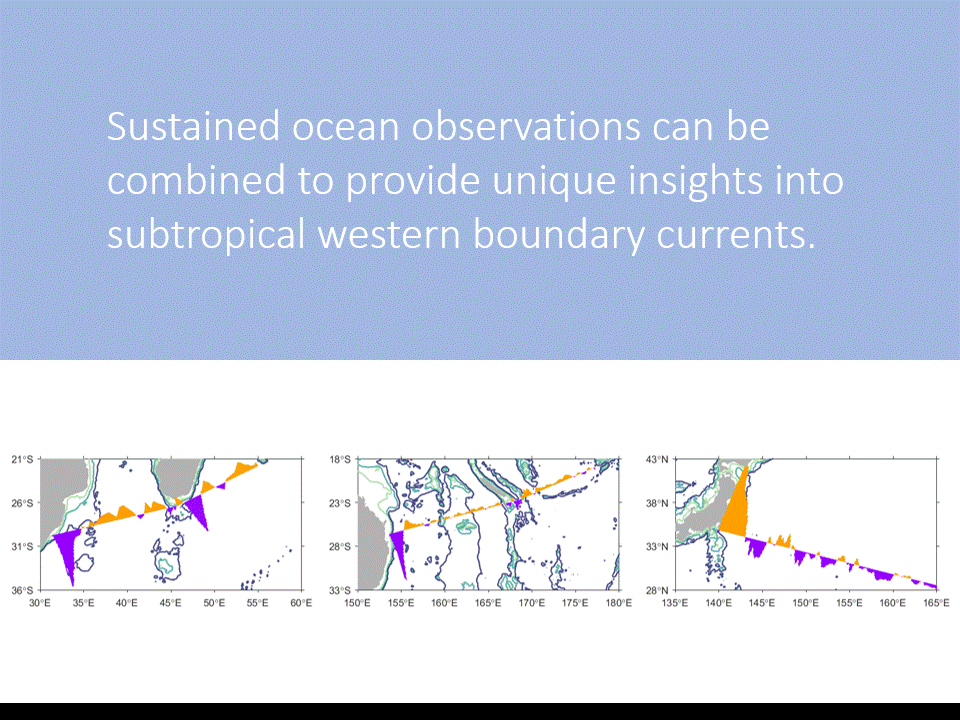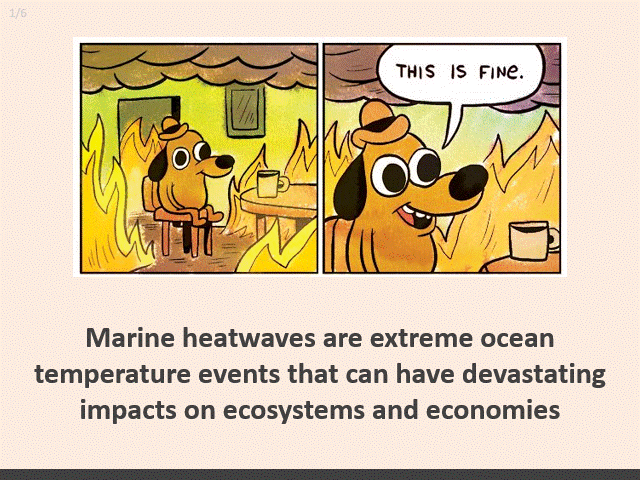Mitchell Chandler, PhD.
mitchell.chandler.po@gmail.com

I am an Ocean and Climate Scientist with over five years of experience conducting independent and collaborative research, data analysis and visualisation, technical writing, and science communication.
I received my PhD from Scripps Institution of Oceanography at UC San Diego where I was advised by Dr. Nathalie Zilberman and Dr. Janet Sprintall. My dissertation research was on western boundary currents — large-scale ocean currents that act like the arteries and veins of the climate system as they transport water and heat around the ocean and help to regulate global temperature. To study these important ocean currents I utilised an assortment of extensive spatio-temporal observational and reanalysis data sets.
Other previous research activities include my BSc(Hons) advised by Dr. Melissa Bowen and Dr. Robert Smith. Here, I used satellite observations to examine the surface expression of the Fiordland Current along south-west New Zealand.
Education
- PhD in Oceanography from Scripps Institution of Oceanography at UC San Diego
- BSc(Hons, First Class) in Geophysics from the University of Auckland
- BSc in Marine Science and Geography from the University of Otago
Publications
Chandler M, Sprintall J, Zilberman NV. (2025). ENSO influences subsurface marine heatwave occurrence in the Kuroshio Extension. Journal of Geophysical Research: Oceans. DOI: 10.1029/2025JC022899 [pdf]
Chandler M, Zilberman NV, Sprintall J. (2024). The Deep Western Boundary Current of the Southwest Pacific Basin: insights from Deep Argo. Journal of Geophysical Research: Oceans. DOI: 10.1029/2024JC021098 [pdf]
Chandler M, Zilberman NV, Sprintall J. (2022). Seasonal to decadal western boundary current variability from sustained ocean observations. Geophysical Research Letters. DOI: 10.1029/2022GL097834 [pdf]
Floerl O, Atalah J, Bugnot AB, Chandler M, Dafforn KA, Floerl L, Zaiko A, Major R. (2021). A global model to forecast coastal hardening and mitigate associated socioecological risks. Nature Sustainability. DOI: 10.1038/s41893-021-00780-w [pdf]
Chandler M, Bowen M, Smith RO. (2019). The Fiordland Current, southwest New Zealand: mean, variability, and trends. New Zealand Journal of Marine and Freshwater Research. DOI: 10.1080/00288330.2019.1629467 [pdf]
Twitter Posters
Twitter posters present a series of simple slides to effectively communicate research to a wider audience. My Twitter posters are below:





For more information on Twitter Posters I recommend this youtube video by Mike Morrison.
Presentations
Talks
2025:
Ed, Edd, and Eddy. UC San Diego Art of Science 2025 Exhibition Opening.
Check it out! Examining western boundary currents using global ocean observations. Scripps Institution of Oceanography Doctoral Defence. [slides]
2024:
[Panelist] Hot H2O: global ocean warming and its implications. COP29. [youtube]
Examining the Best Western boundary currents in the upper and deep ocean using globally available observations. Physical Oceanography Dissertation Symposium XIII.
(marine) heatwaves been faking me out: Observing subsurface marine heatwaves in the Kuroshio and Kuroshio Extension. Scripps Student Symposium 2024.
In the trenches: Deep Argo observations of the Southwest Pacific Basin Deep Western Boundary Current. New Zealand Physical Oceanography Workshop 2024.
Deep Argo and Me: 6,000-m under the sea and 10,000-km around the world. NOAA CIMEAS Science Review.
Spiralling into the abyss: mixing and seasonality in the Kermadec Trench deep western boundary current from Deep Argo observations. Ocean Sciences Meeting 2024.
2023:
[Panelist] Observing the changing global ocean: heating, carbonisation, acidification, deoxygenation, and greening. COP28. [youtube]
2022:
Variability in the Deep Western Boundary Current of the Southwest Pacific Basin from Deep Argo data. 7th Argo Science Workshop.
20,000 feet under the sea: using Deep Argo to study the Deep Western Boundary Current of the Southwest Pacific Basin. Scripps Student Symposium 2022.
20,000 feet under the sea: using Deep Argo to study the Deep Western Boundary Current of the Southwest Pacific Basin. New Zealand Physical Oceanography Workshop 2022.
The arteries and veins of our ocean. UC San Diego Grad Slam 2022 (Finalist). [youtube]
Examining western boundary current variability using a consistent multi-platform approach. Ocean Sciences Meeting 2022. [youtube]
From the sea to the stars: how combining ocean observing systems can help us study ocean currents. SIO WMIS Student Seminar Series.
2021:
Western boundary current research using Argo, HR-XBT, and satellite altimetry. 12th Observation Coordination Group Workshop: Boundary Currents.
2020:
The Fiordland Current: mean, variability, trends. New Zealand Physical Oceanography Workshop 2020.
Progress towards a combined XBT and Argo observing network for estimating upper-ocean transport. NOAA Invited Seminar.
Measuring the subtropical western boundary currents of the Indo-Pacific. Graduate Climate Conference 2020.
Posters
2025:
2024:
Seasonal heaving within the Kermadec Trench deep western boundary current predominantly driven by local Ekman pumping seasonal anomalies. SIO Annual Fellowship Luncheon 2024.
Seasonal heaving within the Kermadec Trench deep western boundary current predominantly driven by local Ekman pumping seasonal anomalies. Pathways Connecting Climate Changes to the Deep Ocean Workshop. [pdf]
2023:
Transport trends and seasonality from observations in the Kuroshio, Agulhas Current, and East Australian Current. International Workshop on Western Boundary Current-Subtropical Continental Shelf Interactions. [pdf]
2022:
2021:
A multi-platform approach to examining variability in the Kuroshio off the coast of Japan. Graduate Climate Conference 2021.
A multi-platform approach to examining variability in the Kuroshio off the coast of Japan. Scripps Student Symposium 2021. [pdf]
2020:
Towards a basin-scale observing network for monitoring upper-ocean mass and temperature variability. Ocean Sciences Meeting 2020. [pdf]
Other
[Fact Sheet] Methane and Bonding. (2025). The Wilderness Society. [pdf]
[Art Piece] Ed, Edd, and Eddy. (2025). UC San Diego Art of Science 2025.
[Dissertation] Chandler M. (2025). Check it out! Examining western boundary currents using global ocean observations. UC San Diego. [pdf]
[Unpublished Article] ‘Summer’ and ‘winter’ in a deep-ocean current thousands of metres below the sea-surface.
[Article] Everything Everywhere All At Once At COP28. (2024). Scripps Institution of Oceanography Explorations Now. https://scripps.ucsd.edu/news/everything-everywhere-all-once-cop28 [pdf]
[Article] Making waves on Capitol Hill. (2023). American Geophyscial Union The Bridge. https://thebridge.agu.org/2023/09/22/making-waves-on-capitol-hill [pdf]
[Article] Exploring ocean currents 20,000 feet under the sea. (2023). Scripps Institution of Oceanography Explorations Now. https://scripps.ucsd.edu/news/exploring-ocean-currents-20000-feet-under-sea [pdf]
[Art Piece] A non-quiescent ocean. (2022). UC San Diego Art of Science 2022 & The San Diego Natural History Museum. DOI: 10.6075/J0N29X4D
[Report] Chandler M, Zilberman NV, Sprintall J. (2021). Combining complementary observing systems to produce a basin-scale network for monitoring upper-ocean transport. UC San Diego. https://escholarship.org/uc/item/7pg5m20c
[Dissertation] Chandler M. (2018). The Fiordland Current, southwest New Zealand: mean, interannual variability, and longer-term trends. University of Auckland. [pdf]